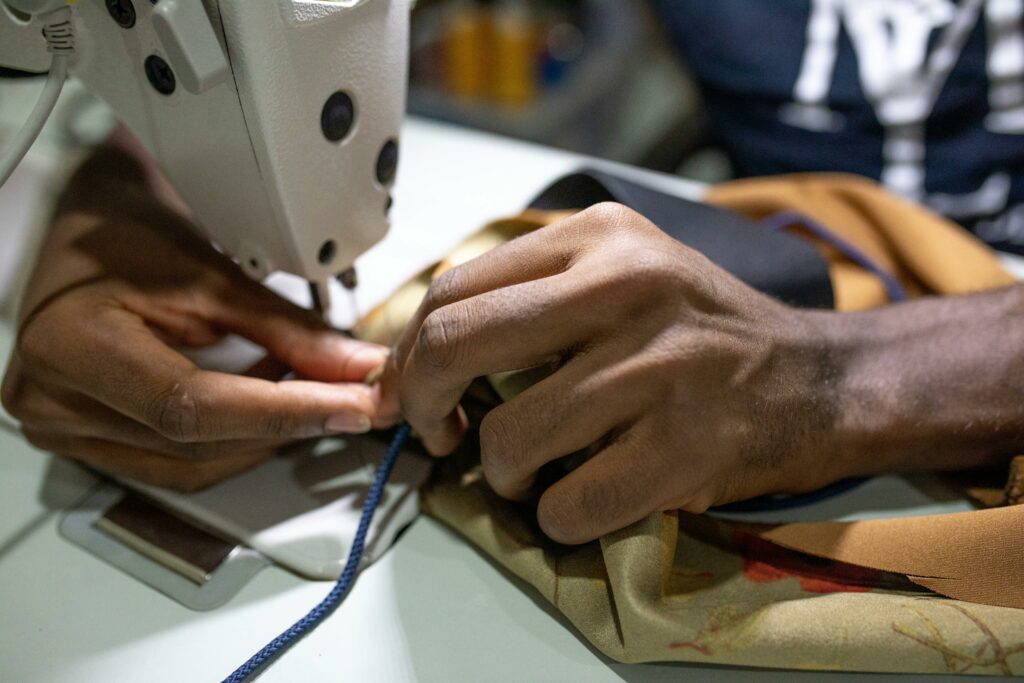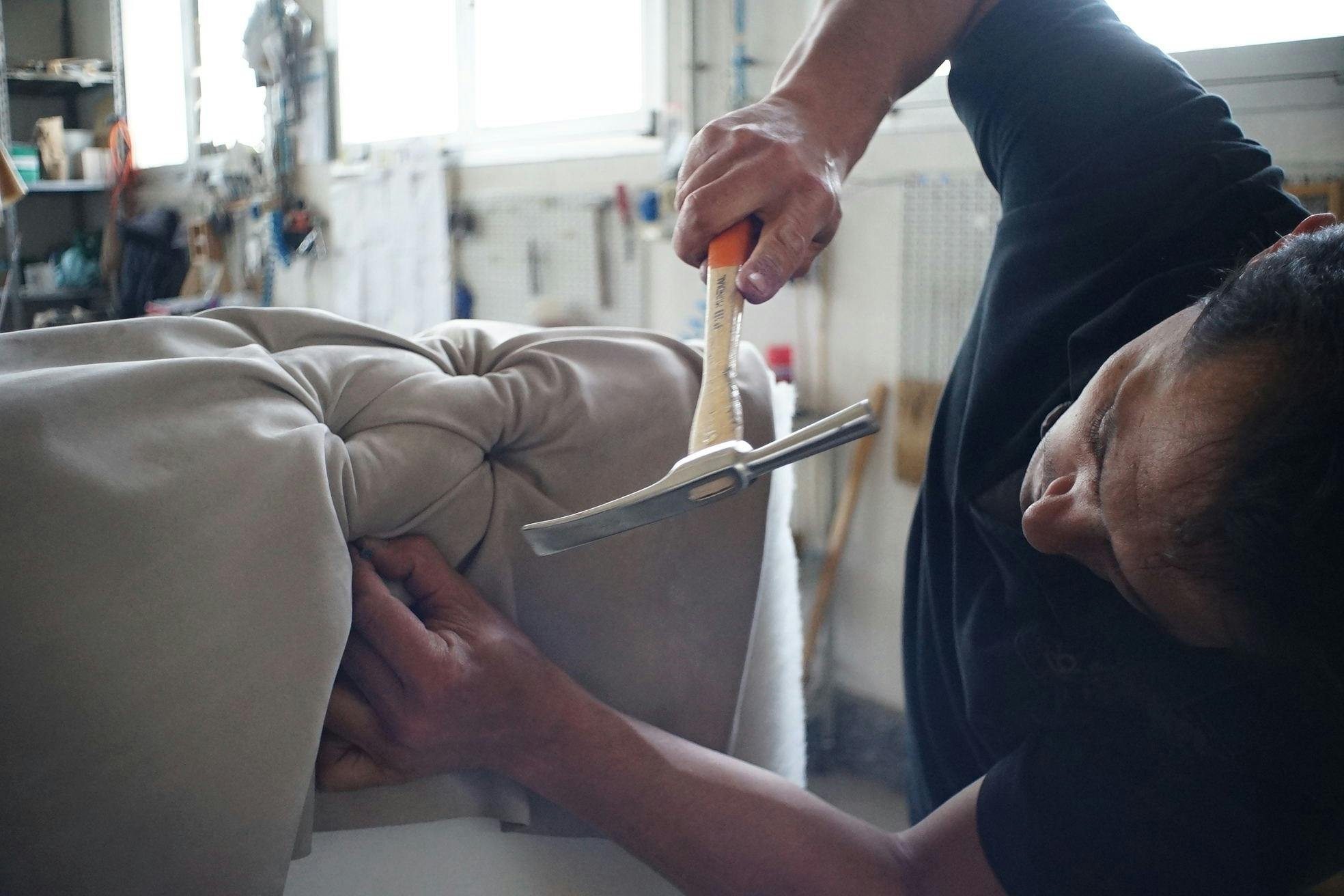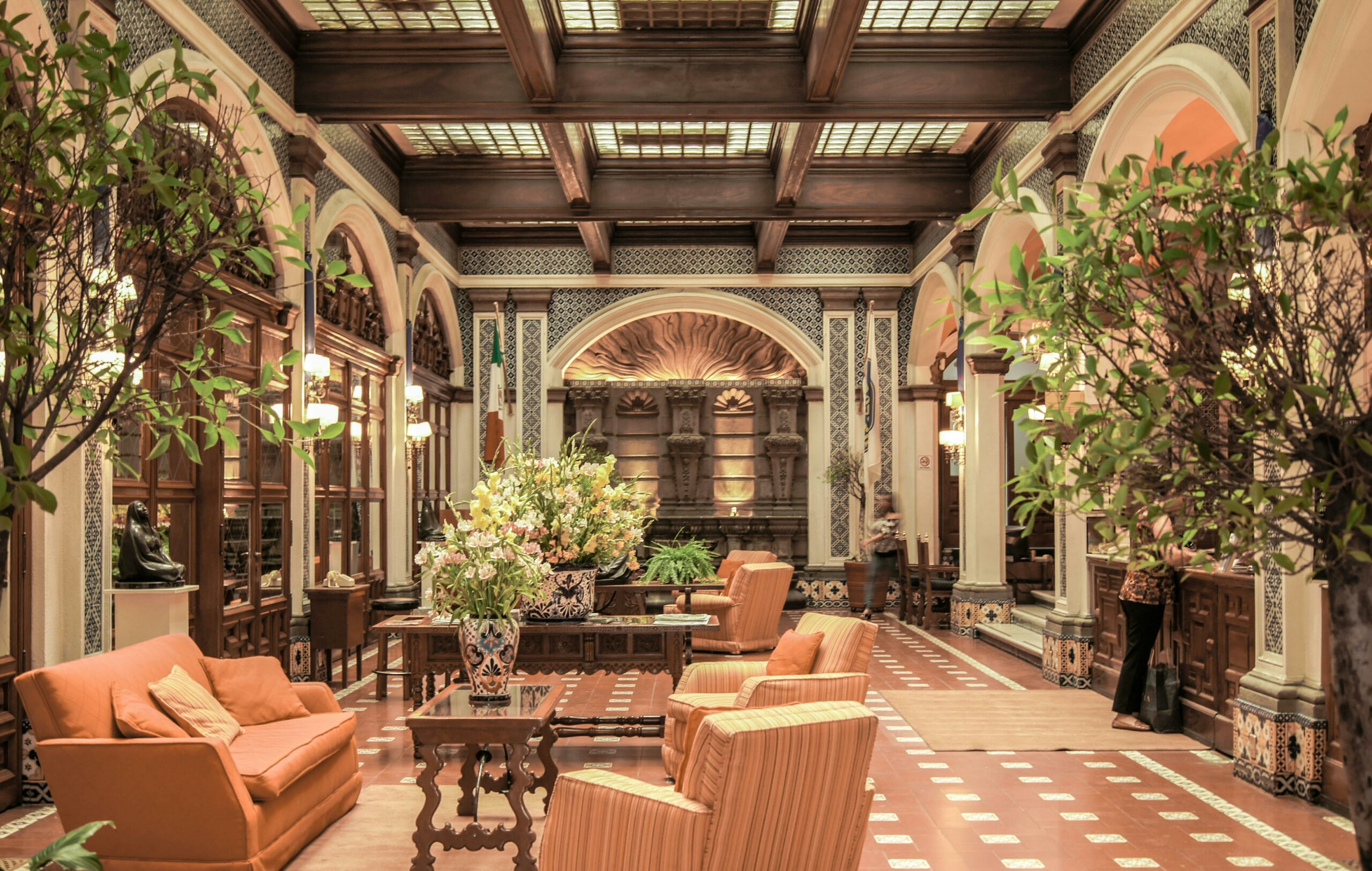What is Upholstery? A Comprehensive Guide to Understanding Upholstery
Upholstery plays a critical role in the furniture industry and interior design. It is an essential craft that can transform a simple chair into a luxurious seat, enhancing comfort, style, and durability. But what exactly is upholstery, and why is it so important in our homes and businesses? This comprehensive guide will delve deep into the world of upholstery, exploring its history, types, materials, techniques, and more.
Understanding Upholstery: The Definition and Origins
Upholstery refers to the process of providing furniture, particularly seats, with padding, springs, webbing, and fabric or leather covers. It involves a detailed craft of covering, padding, and decorating furniture, making it more comfortable and aesthetically pleasing. Historically, the term “upholsterer” was first coined in the Middle Ages when craftsmen were hired to “uphold” or support furniture items, primarily for the aristocracy.
The art of upholstery has evolved significantly over the centuries. Originally focused on comfort and durability, modern upholstery now incorporates various design elements and innovative materials, catering to a wide range of preferences, from classic vintage styles to sleek, contemporary aesthetics.
The Importance of Upholstery in Interior Design
Upholstery is not just about adding a layer of fabric or padding; it is a crucial element of interior design that can influence the overall look and feel of a space. Upholstered furniture provides:
- Enhanced Comfort: High-quality upholstery offers superior comfort by adding soft padding and support. It makes chairs, sofas, and other furniture pieces more inviting and pleasant to use.
- Aesthetic Appeal: The choice of upholstery fabric, color, and texture can completely transform the visual appeal of a room. Whether it’s a bold statement piece or a subtle, sophisticated design, upholstery helps in setting the tone of the space.
- Durability and Longevity: Well-executed upholstery using high-quality materials can significantly increase the lifespan of furniture. It helps protect the structural elements of the furniture, reducing wear and tear over time.
- Customization: Upholstery allows for customization, giving homeowners and designers the freedom to select fabrics, patterns, and styles that complement their personal tastes and the interior decor of the room.
Different Types of Upholstery
There are several types of upholstery, each suited for different furniture styles and needs. The most common types include:
1. Traditional Upholstery
Traditional upholstery is a classic technique that uses natural materials such as horsehair, hay, coir (coconut fiber), and cotton. It is a highly skilled craft that often involves hand-stitching and precise padding. This type of upholstery is usually found in antique furniture, where preserving the original craftsmanship and materials is crucial.
2. Modern Upholstery
Modern upholstery typically uses synthetic materials like foam, polyester, and dacron. It emphasizes comfort, durability, and ease of maintenance. This type of upholstery is common in contemporary furniture designs, catering to the needs of modern lifestyles.
3. Automotive Upholstery
Automotive upholstery focuses on the interior surfaces of vehicles, including seats, door panels, dashboards, and headliners. It requires specialized materials like leather, vinyl, and durable fabric that can withstand exposure to sunlight, temperature fluctuations, and wear.
4. Marine Upholstery
Marine upholstery is designed for boats and watercraft. It uses water-resistant and UV-resistant materials to withstand harsh marine conditions. The primary focus is on durability and protection against saltwater, mildew, and sun damage.
5. Commercial Upholstery
Commercial upholstery is tailored for businesses, including restaurants, hotels, and offices. It prioritizes heavy-duty materials that are durable and easy to clean, ensuring they can handle high traffic and frequent use.
Popular Upholstery Materials
Choosing the right material is key to achieving the desired look and functionality in upholstery. Some of the most common upholstery materials include:
1. Leather
Leather is a premium upholstery material known for its luxurious appearance and durability. It is a popular choice for high-end furniture due to its sophisticated look, easy maintenance, and long-lasting quality. Leather upholstery is ideal for items like sofas, chairs, and car seats.
2. Fabric
Fabric upholstery offers a wide range of options in terms of texture, color, and pattern. Common fabrics include cotton, linen, velvet, and microfiber. Each fabric type has its own benefits:
- Cotton: Breathable and soft, but may require frequent cleaning.
- Linen: Lightweight and stylish, though it can wrinkle easily.
- Velvet: Luxurious and plush, adding elegance to any room.
- Microfiber: Durable and stain-resistant, perfect for high-traffic areas.
3. Vinyl
Vinyl is a synthetic material that mimics the look of leather but is often more affordable and easier to maintain. It is highly durable, resistant to moisture, and frequently used in commercial settings or outdoor furniture.
4. Wool
Wool is a natural, eco-friendly upholstery material. It is soft, breathable, and has excellent insulating properties. Wool upholstery is often found in cozy, classic furniture pieces.
5. Silk
Silk is a delicate and luxurious fabric, typically reserved for high-end, decorative upholstery. It requires careful handling and is best suited for accent pieces that are not frequently used.
The Upholstery Process: Step-by-Step
Upholstery is a meticulous craft that requires a combination of skill, patience, and attention to detail. The process generally involves the following steps:
1. Frame Inspection and Repair
Before starting the upholstery, the frame of the furniture is inspected for any damage or weaknesses. If necessary, repairs are made to ensure the structural integrity of the piece.
2. Removing Old Upholstery
The existing fabric, padding, and staples are carefully removed, revealing the bare frame and springs. This step allows the upholsterer to assess the condition of the internal components.
3. Replacing Springs and Padding
New springs and padding materials, such as foam or batting, are added to restore the comfort and support of the furniture. This step is crucial for achieving the desired level of cushioning.
4. Cutting and Sewing New Fabric
The chosen fabric is measured, cut, and sewn to fit the furniture piece. This stage often requires precise measurements and careful stitching to ensure a professional finish.
5. Final Assembly
The new fabric is attached to the frame using staples, tacks, or nails. The upholsterer ensures a tight, smooth fit and completes the final touches, such as trimming excess fabric and adding decorative details.
The Benefits of Reupholstery
Reupholstering is the process of replacing the fabric and padding of existing furniture, rather than buying new pieces. It offers several advantages:
- Cost-Effective: Reupholstery can be more affordable than purchasing brand-new furniture, especially for high-quality pieces that have a solid frame.
- Eco-Friendly: By reupholstering, you extend the life of your furniture and reduce waste, making it an environmentally responsible choice.
- Personalization: Reupholstery allows you to update the look of your furniture with new fabric and design, tailored to your preferences.
How to Choose an Upholstery Service
When selecting an upholstery service, consider the following factors:
- Experience and Reputation: Look for skilled craftsmen with a proven track record in upholstery. Check reviews and ask for references if needed.
- Quality of Materials: Ensure the service uses high-quality, durable materials that match your specific needs.
- Customization Options: A good upholstery service should offer a variety of fabric choices and design options to fit your personal style.
Conclusion
Upholstery is an art that combines functionality and aesthetics, transforming ordinary furniture into beautiful, comfortable, and durable pieces. Whether you are looking to update an old sofa, enhance your vehicle’s interior, or design custom pieces for your home, understanding the nuances of upholstery can help you make informed decisions. By choosing the right materials, styles, and professionals, you can enjoy beautifully upholstered furniture that adds value and charm to any space.
Investing in quality upholstery not only extends the life of your furniture but also brings a unique touch of elegance and comfort to your environment.



